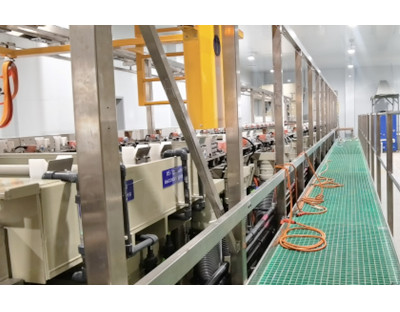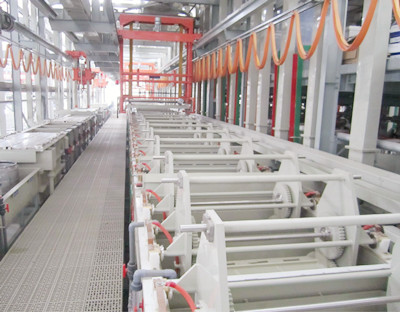1. Preface
ABS plastic is a terpolymer of acrylonitrile, butadiene and styrene. It is one of the engineering plastics with the largest consumption at present. It is widely used in machinery, automobile, electrical appliance, communication equipment, chemical industry, construction and other fields.
Electroplating Ni-W alloy on ABS plastic surface can combine the light, non-toxic, impact resistant and easy processing of plastic with the high hardness, high wear resistance and strong corrosion resistance of Ni-W alloy coating, and further expand its application range.
2. Experiment
2.1 ABS preparation of plastic samples
The specification of ABS plastic matrix sample is 20mm × 10mm × 3mm, drill holes (for hanging) on the formed finished products, and then go through 300\sand paper rough grinding, 600\sand paper grinding, 1000\sand paper water grinding and 1500\sand paper water grinding. Considering that the corners of the rectangular matrix may be burnt due to charge concentration during electroplating, and the internal stress at the corners is large, which has a bad impact on the coating adhesion, the right angle and sharp edge of the plastic matrix are changed to arc transition.
2.2 process flow and bath composition
The process flow of electroplating Ni-W alloy on ABS plastic surface is as follows: stress removal – cold water cleaning – degreasing – hot water cleaning – cold water cleaning – acid pickling – cold water cleaning – roughening – full cold water cleaning – neutralization – cold water cleaning – primary reduction – cold water cleaning – Pickling – cold water cleaning – sensitization – cold water cleaning – deionized water cleaning – activation – cold water cleaning – secondary reduction – cold water cleaning – electroless copper plating – cold water cleaning – upper hanger – weak Etching – thickening copper plating – plating Ni – W alloy – removing hanger – drying – quality inspection.
By consulting relevant literature, the following electroless copper plating process was developed: copper sulfate 16g/l, 37% formaldehyde 25ml/l, sodium hydrogen tartrate 25g/l, sodium hydroxide 5g/l, ammonium chloride 2g/l, temperature 50 ° C, pH12, time 30min, heated to the specified temperature with 90-2 constant temperature magnetic stirrer and stirred.
Considering that the metallized surface layer on the plastic after electroless copper plating is extremely thin, a layer of copper or nickel should be thickened before Ni-W alloy plating to prevent local dissolution of the electroless copper plating layer. In addition, due to the thermal expansion coefficient of ABS plastic (8 × 10-5/ ° C) is very different from Ni – W alloy (W is 4.5 × 10-6/ ° C, Ni = 1.3 × 10-5/ ° C), while the coefficient of thermal expansion of copper (1.7 × 10-5/ ° C) is close to ABS. If alloy plating is directly carried out on the electroless copper plating layer, cracking and peeling will occur when the temperature changes, which will seriously affect the adhesion. Therefore, a layer of copper plating before plating can play a buffer role. The conventional copper acid process is adopted for thickening copper plating. The conditions are as follows: copper sulfate 200~250g/l, sulfuric acid 60~80g/l, room temperature, current density 2.0~2.5a/dm2, time 20~30min, the anode is copper plate, heated to the specified temperature by 90-2 constant temperature magnetic stirrer and stirred. Based on the literature and some research results, the Ni-W alloy plating is determined to be carried out in the plating solution composed of nickel sulfate, sodium tungstate, citric acid and ammonia. After a certain amount of experiments have been carried out in advance, it is preliminarily determined that the ratio of the mass concentration of nickel sulfate hexahydrate and sodium tungstate dihydrate (the total amount of the two is kept at 210g/l), the bath temperature, pH and current density are taken as the investigation factors. Each factor is set at 5 levels, and the L25 (56) orthogonal table (see Table 1) is used for the orthogonal test. In the test, the addition amount of citric acid is equal to the total amount of nickel sulfate and sodium tungstate. Ammonia is used to adjust the plating solution to the specified pH. the anode is nickel plate. The plating time is 45min. 90-2 constant temperature magnetic stirrer is used to heat it to the specified temperature and stir it.





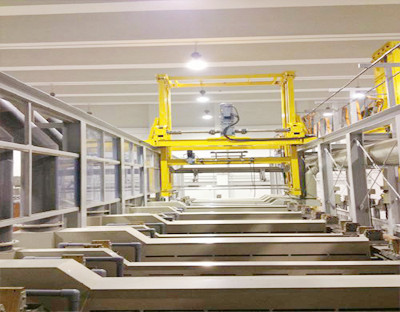
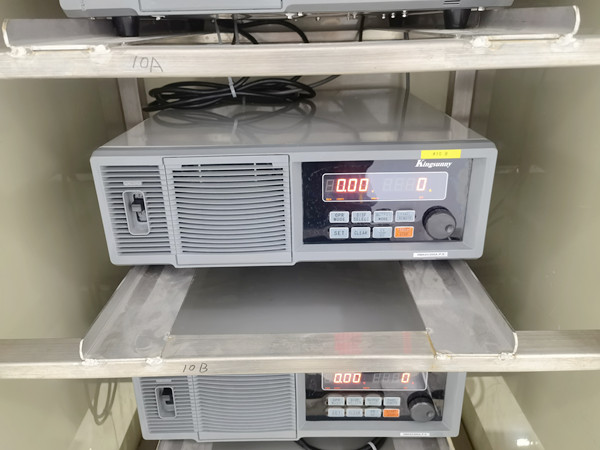
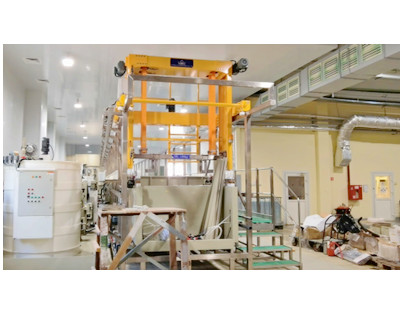
 Mar. 02, 2022
Mar. 02, 2022 